Joseph Grigely | Reiteración
A project by Carlos Fernández-Pello.
Editorial variations and the boundaries of text have long been an interest of Joseph Grigely´s (Massachusetts, USA, 1956). As a visual artist and textual scholar, deaf from the age of 10, Grigely´s work has surrounded two core concepts since the early 1990s: on the one hand a systematic compilation of other people’s things, which he later edits in the form of archives and diverse narrations. On the other, giving shape to text´s inadvertent material while looking at the ways it intervenes in the dissemination and production of cultural artifacts.
Reiteración is the artist´s first solo exhibition in a Spanish gallery, and only his fourth time in our country in sixteen years; with his first appearance in 2001, in the Espai 13 of Regàs, Barenblit and Montornés. The reasons behind this irregular presence, as usual, are various and varied, but perhaps, at the heart of them all, is the linguistic character of his work.
Revolving around a premise as basic as this — that, when we have to read, language hinders the diffusion of a specific work or artist — I have been speculating with Grigely for a couple of years about the possibility of “translating” one of his historic Conversation Pieces. That is to say, what would happen if we translated a work of art, not at a catalogue or gallery text level, but at one equal to the conditions of the work itself; like a replica without being one; like forgery but with permission; like a remix without the mashup; in short, like a Spanish reiteration and edition of an object which hangs on the wall, yet keeps much of the behavior of a book.
The result of this speculation is the piece Untitled Conversations (Translated), 2017, which belongs to the wider collection, “conversation with the hearing”; a huge archive of notes from his exchanges with those of us that are not familiar with sign language, which Grigely has been compiling for decades. This seems simple but there is a catch: although Grigely is incapable of hearing anything, he is, in contrast, a remarkably good speaker. This shifts the condition of hearing disability to one of descriptive ability: it is not that he cannot express himself fully but the “listeners” who sees their participation limited to short sentences, drawings and monosyllables which often seem insufficient. Thus, language reveals itself in all its materiality as a resistant medium, physical, slow and silent, which simultaneously spurs on descriptive ingenuity and registers the conversation in the shape of small textual Polaroids.
The piece Inside the Outside, 2013 amplifies this material dimension of speech and its dissymmetry to the referent. It reminds us, in a way, of the historic Untitled Conversation (Speech is shaped breath) , 1995, in which an anonymous Frank G., tells Grigely that, “speech is shaped air.” The blown glass piece is also an almost identical reiteration of Duchamp´s famous Air de Paris (1919), which, in turn, also had to be reconstructed in 1949, raising doubts as to whether the origin of the air was still Parisian or not. In our case, we can be sure that the air inside is from the state of Colorado.
The work on display in Reiteración gravitates towards this idea: the unique work of art is not autonomous, but the product of multiple makers working together and apart across time. For the artist, the work is not singular but plural. Or rather, its singularity is just one more of the multiple possible versions of the work, not the only one. Each exhibition implies an instance of itself which always adds a discordant note: each reiteration implies a subtle discrepancy which can be material, temporal, or even ontological; in other words, it can change what the work was, is and will be. Grigely reminds us that the Shakespeare we know today is the Shakespeare of the performers who memorized and transcribed his texts; of printers who have printed and reprinted them, and of those translators who reshaped his work into different languages. For Grigely, Shakespeare is not as much a person as he is a process.
The Madrid version of Horizontal Storage Rack, 2014/2017, a piece originally produced for the Amy Vogel: A Paraperspective exhibition at Cleve Carney Art Gallery, Illinois, would work along these same lines. The rack was then used to display different pieces by artist Amy Vogel at different “editorial” stages; either previously exhibited pieces, works in progress, corrected or never seen before. Back then, the piece reflected on this para-literary idea that the work is never static, even when it pretends to be so: it always moves from one state to another, from one place to another and, even as a piece “in holding” or “in storage”, it continues to produce a specific meaning. The process would not just be what the artist says it does. It is also what the work does not do.
The horizontal shelf, now empty, acquires yet another meaning in its new iteration precisely by not doing anything other than being, exchanging its role as an exhibition support for that of the merely exhibited object. The entire structure has been reconstructed from a reproduction which is nothing but the translucent polyurethane copy of one of the original legs. How weak the materiality of the reference is: barely a trace of volume, this sculptural nod to tracing paper is what anchors the rack to the floor and prevents it from collapsing, making it float. As elusive and as solid as a ghost, Horizontal Storage Rack becomes analogous to the Shakespeare described by Grigely: its exhibition is now not as much a work as it is a process.
However this score is no longer one of meaning, rhythm or praxis. It is not even a performative one. It is the score of useless mutation, of biological whim and of damp genetics; of the “great passiveness of things without reason” which Rancière´s great parataxis underlines. It is not a score in the fashion of Sol LeWitt, Dora García or Tino Seghal, appropriately circumscribed by conditions that predict or provoke, due to their artistic nature, chaos and interaction. On the contrary, Horizontal Storage Rack did not foresee itself being anything other than what it was; and yet it ends up being so, perhaps temporarily, fruit of the fortuitous (or planned) exchange between two (or more) people, producing endless plastic (and sexual) genres. Just as a flower inserts itself in another, (just as a parentheses inserts itself in text), as a parallel material and time. As reconstructor of the piece it is not I that pollinates the flower but the structure that inserts itself like a bee in my studio, in my tools and my resources, giving birth to an indefinite number of species. As authors of the piece, Vogel and Grigely are now founding myths, ghosts which anchor and elevate a structure which would otherwise break down into a mere exercise in DIY.
The gender that breaks down here is that of the process itself as a genre of contemporary art; the process as a narrative genre, which becomes, logically, even more queer because it is never fully abandoned: altering (or not) the state of a particular work of art, which can, at any moment, go back to being (or not) what it once was (a storage rack) or, better still, end up being what it was predestined to support (a dismantled stored artwork).
It is not surprising that Grigely is above all an archivist, a methodical collector of things and a creator of mundane constellations. From a huge collection of obituaries to a whole archive of leaflets and exhibition paraphernalia of Hans Ulrich Obrist, a close friend of his, without forgetting the aforementioned collection of more than 65,000 notes from conversations held with “listeners” or the personal archive of the critic Gregory Battcock. All of this constitutes a museum of minutiae; marginalia and leftovers of an ignored world which, when related, when condensed to a point of total saturation, begin, just as droplets of water, to rain meaning.
Of all of these collections the most recent would be the one related to flies for fly-fishing. Not only because it is one of his personal hobbie (he has been fishing since the age of 5 and tying flies since he was 13) but because it also allows us to understand the way in which textual materiality mimics itself and copulates with the body, its movement and formal impulses. Over the last two years Grigely has been reconstructing the archive of the American fisherwoman, entrepreneur and legendary tier, Carrie G Stevens. A native of the state of Maine, Stevens (1882-1970) became very popular during the first half of the twentieth century as a innovator of flies known as streamers, which imitate baitfish upon which trout and landlocked salmon feed. Her legendary patterns, while based on previous streamer designs, simplified their structure and made them more lifelike as hydrodynamic forms. The archive is being shown for the first time in this exhibition although the theme is by no means new for the author.
I have often been able to speak with Grigely about how the flies would be a sublime synthesis of editorial work; not only do they function as literary works, as works of fiction for fish, looking to be interpreted by these as something which they are not: something edible. They are also the product of a mashup of different materials. Made up almost always of bird feathers, deer and bear fur, silk thread and silver tinsel; all coordinated to produce an illusion of identity, of unique beings, which allows a fish to be deceived, if only partly and momentarily. The Stevens flies are, like artworks, ghost texts written with truths, meant to be ingested; provoking, in turn, phantom deaths which can, sometimes, become real.
These projects are in collaboration with Amy Vogel, Emma Cole, Jeremy Pellington, Kayle Nilan, Carrie Stevens and Thomas Browne.
Text by Carlos Fernández-Pello.
Grigely has participated in exhibitions at the Kunstverein in Hamburg in Germany, at the Fundación Joan Miró in Barcelona, at Tate Liverpool, UK, at the Whitney Biennial, at Centre Pompidou Metz, CAPC Bordeaux, Francia, PS1 in Nwe York or Serpentine Gallery In London. His work can be found in collections such as Whitney Musseum, MoMA, Tate Modern, Stedelijk Museum Amsterdan, Kunsthaus Zurich or the Louisiana Museum of Modern Artin Denmarck.

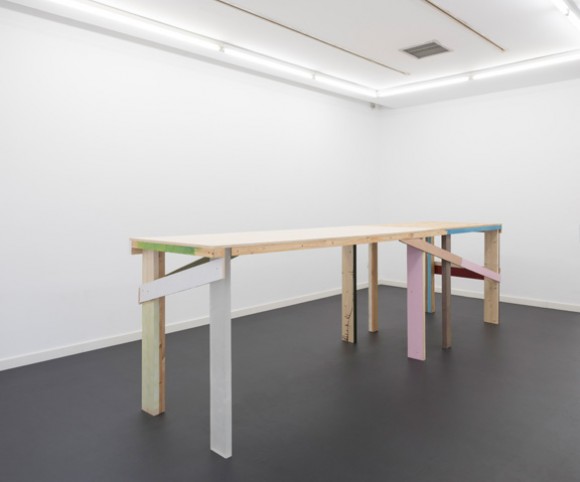
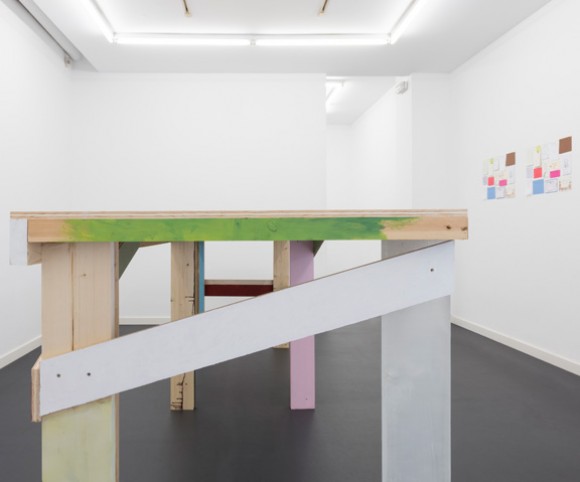
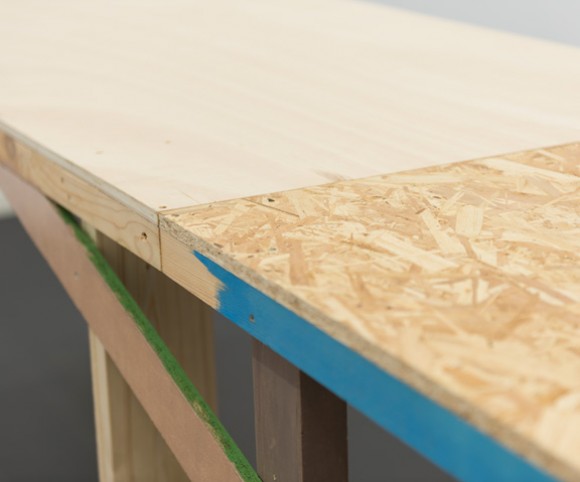
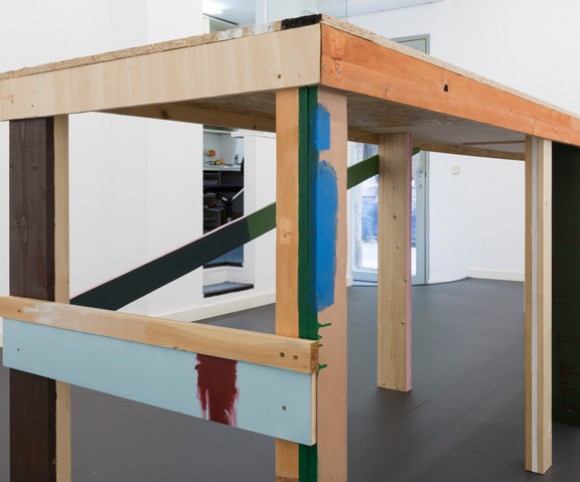
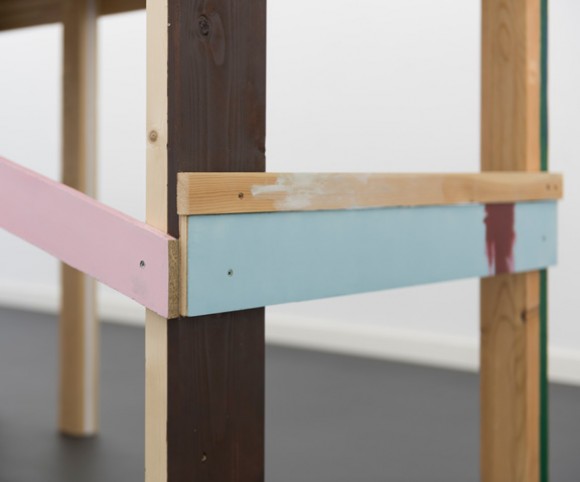
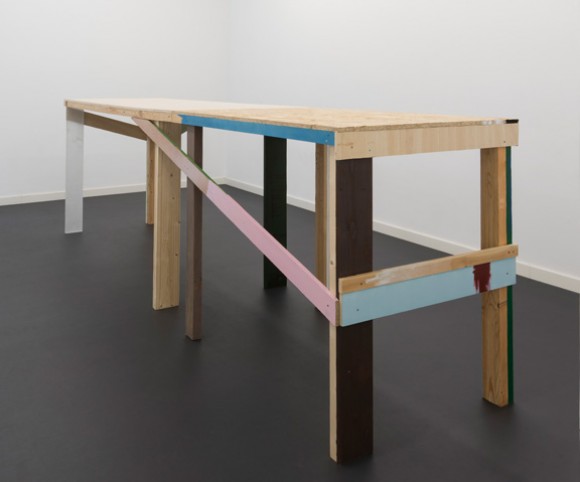
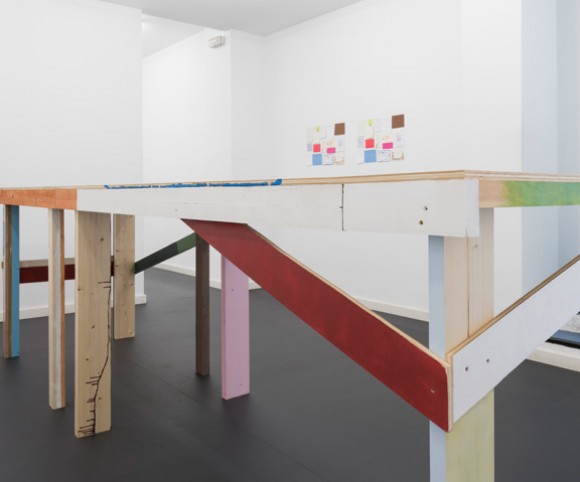
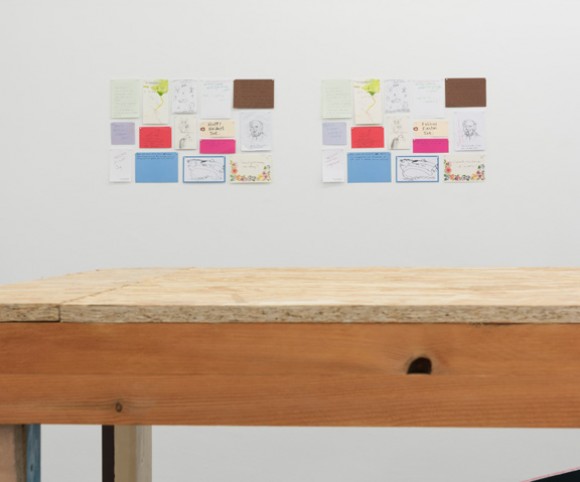
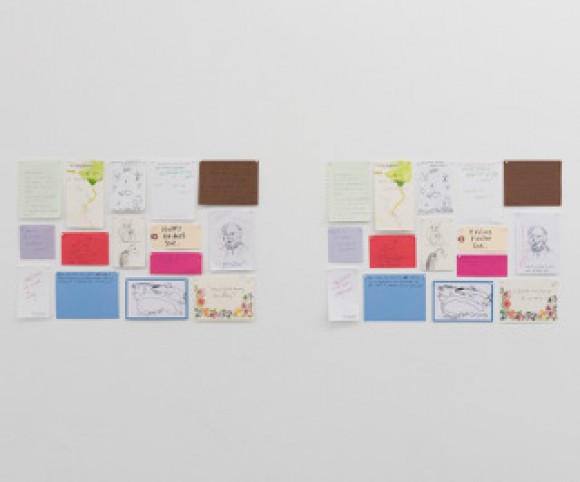
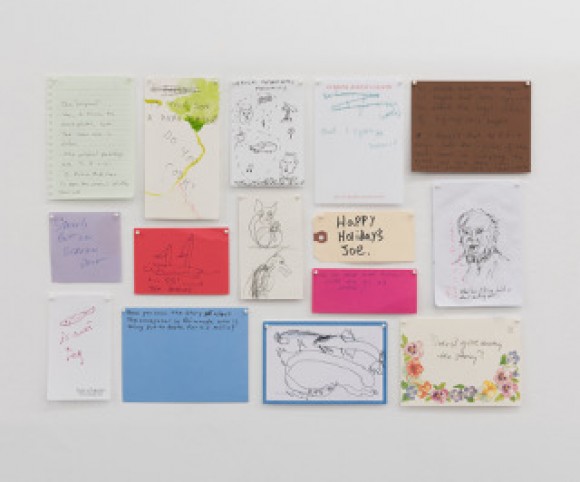
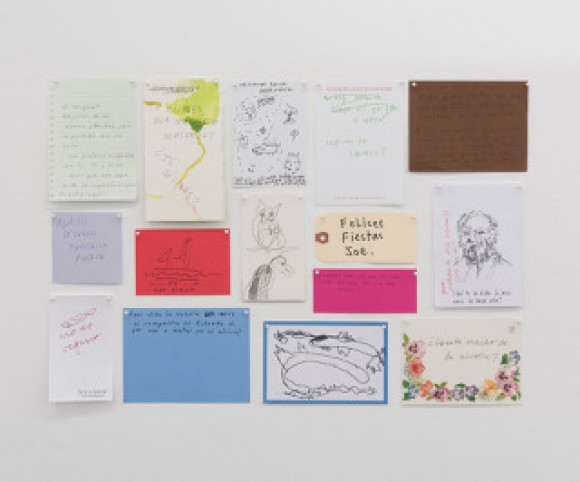
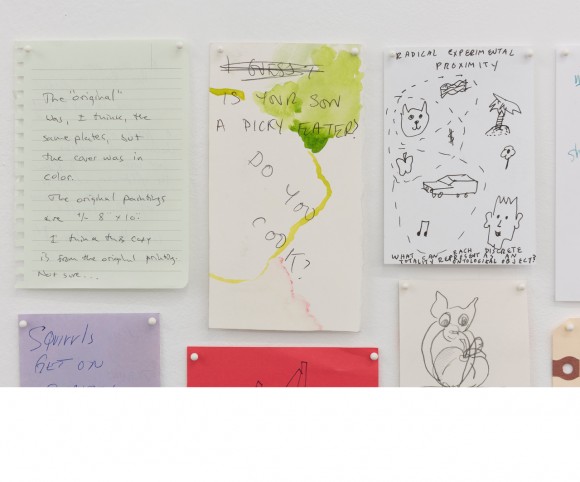
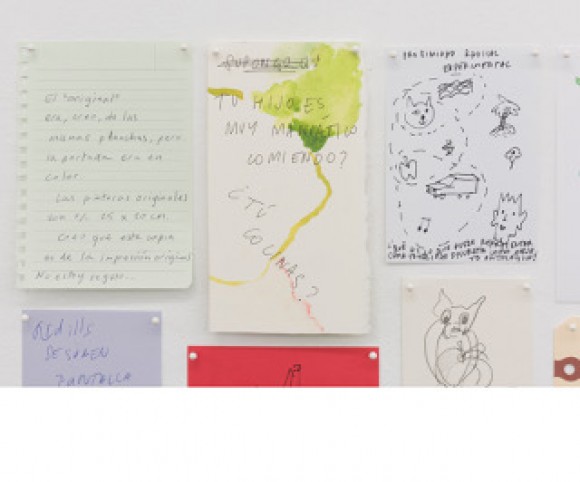
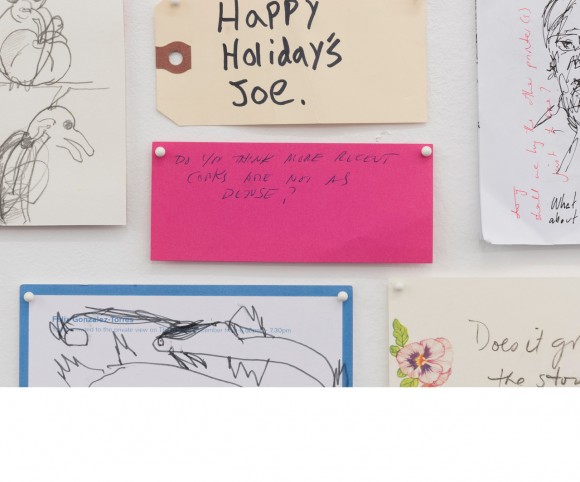
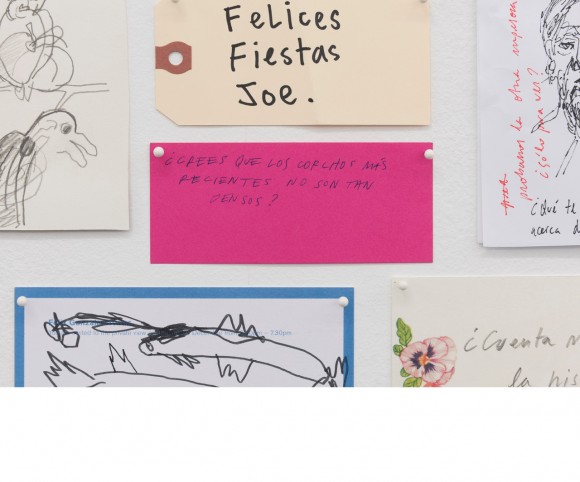
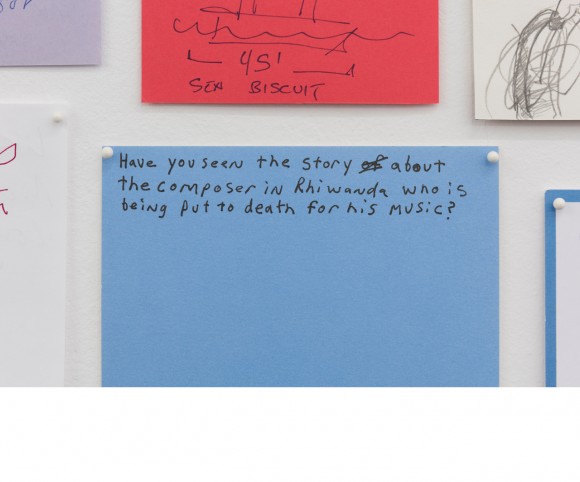
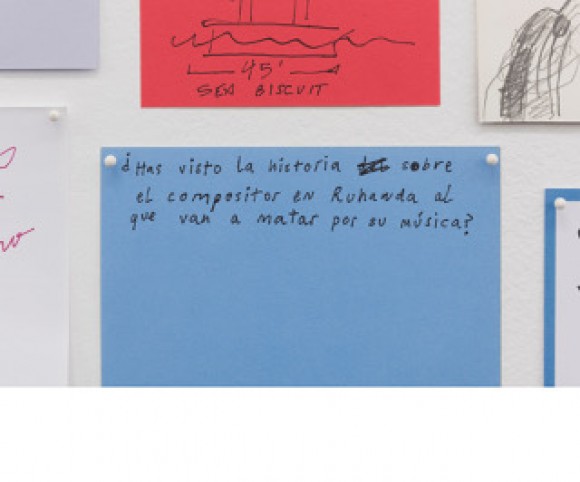
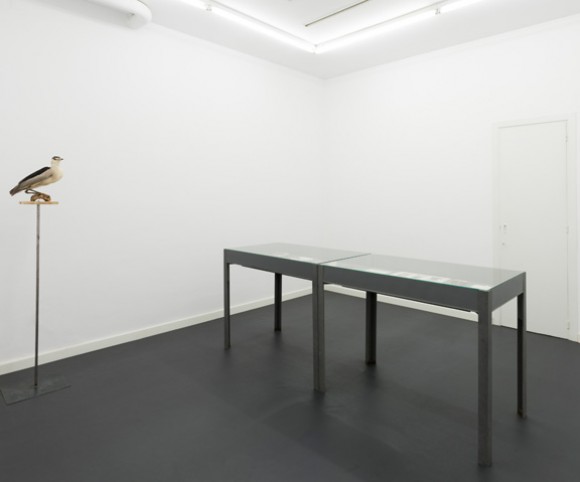
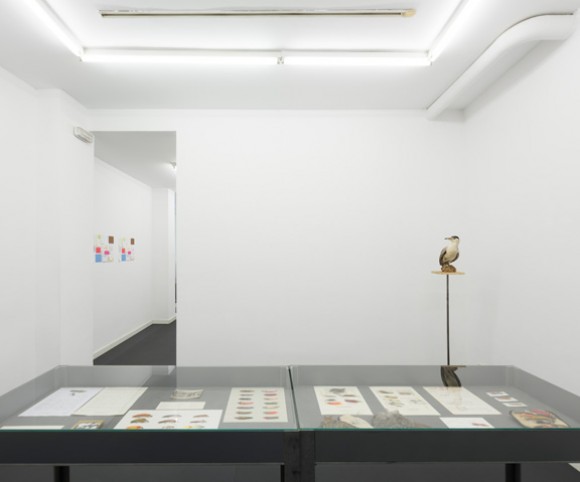
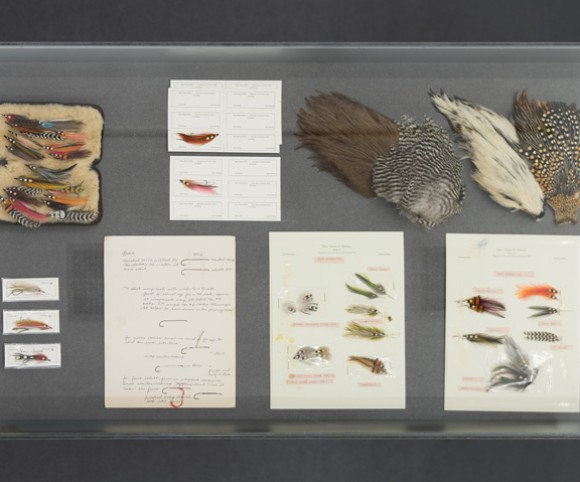
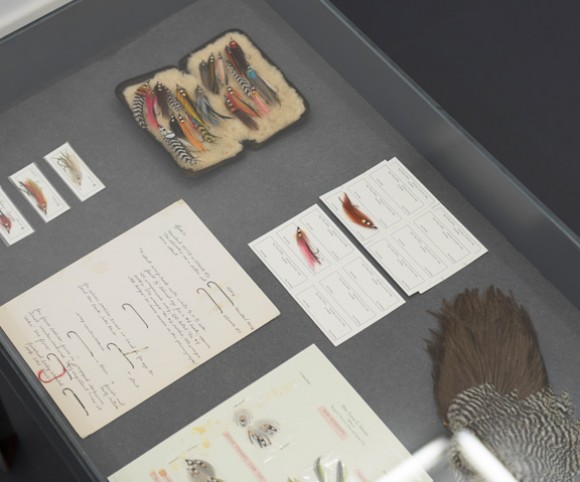
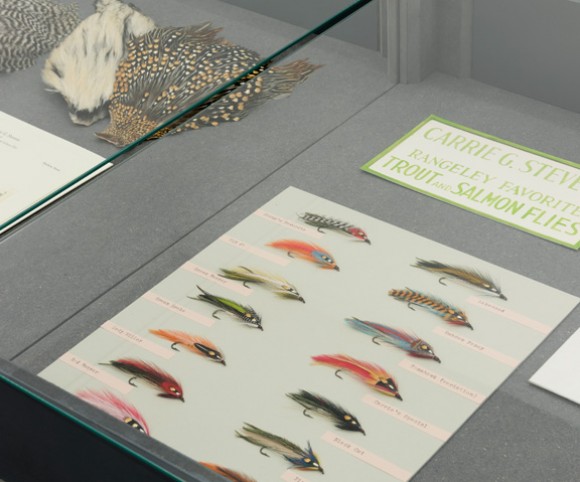
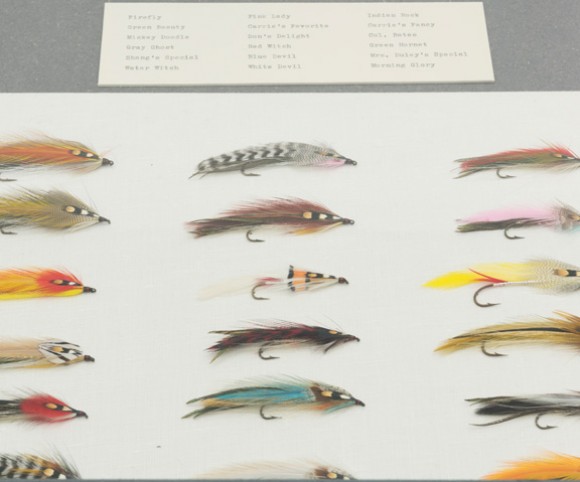
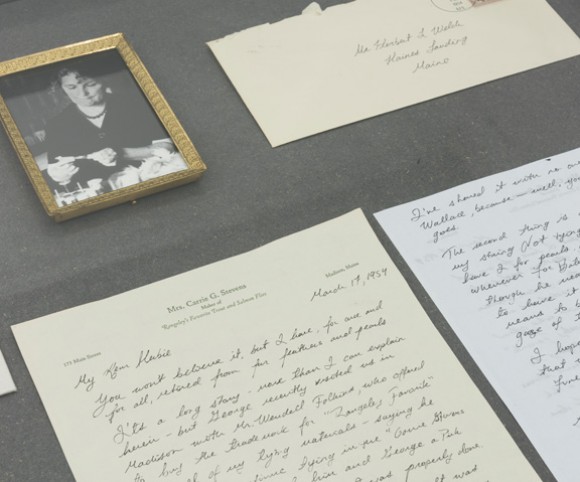
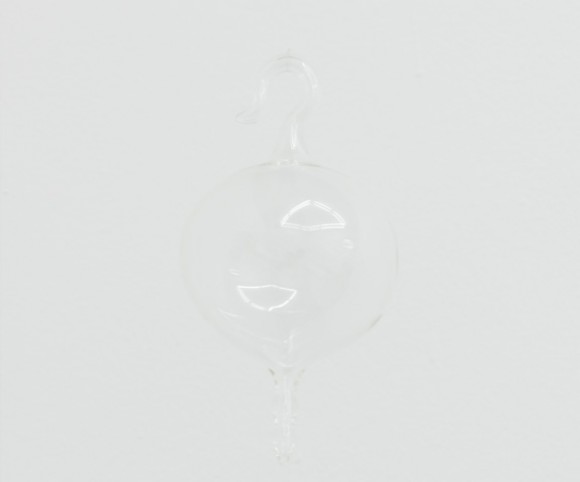
 sending...
sending...